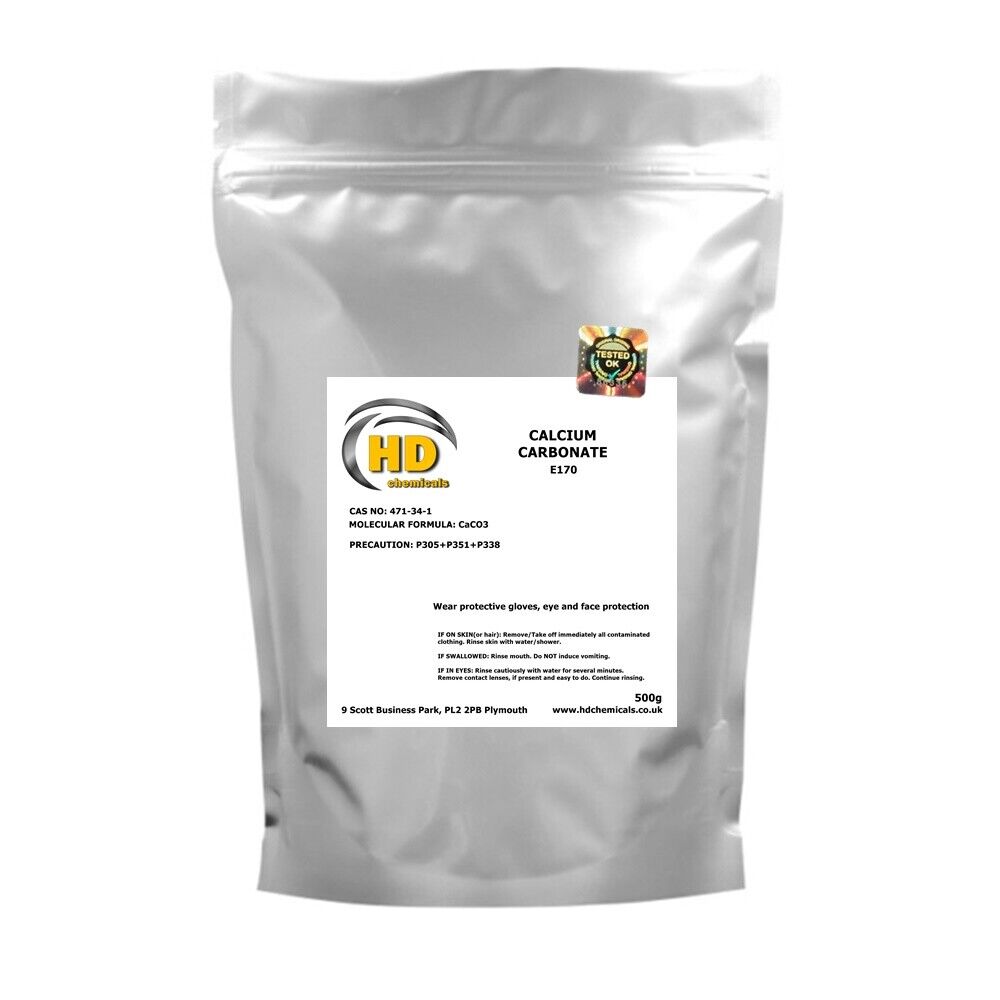Calcium carbonate is a white, insoluble solid that occurs naturally in chalk, limestone, and marble. It is also the active ingredient in agricultural lime and is used to neutralize soil acidity. Calcium carbonate is the main component of eggshells, snail shells, seashells, and most limestones.
When calcium carbonate is heated above 825 °C it decomposes into calcium oxide (quicklime) and carbon dioxide gas:
CaCO3 → CaO + CO2↑
Heating calcium carbonate above this temperature causes thermal decomposition to occur rapidly. This type of reaction is an example of an endothermic decomposition because heat must be supplied for it to occur. The resulting product (quicklime) can be used in a variety of industrial processes.
The majority of commercial calcium carbonate used today comes from mining operations. However, synthetic calcium carbonate can be produced from limestone or quicklime by adding water to create slaked lime (calcium hydroxide):
CaO + H2O → Ca(OH)2


